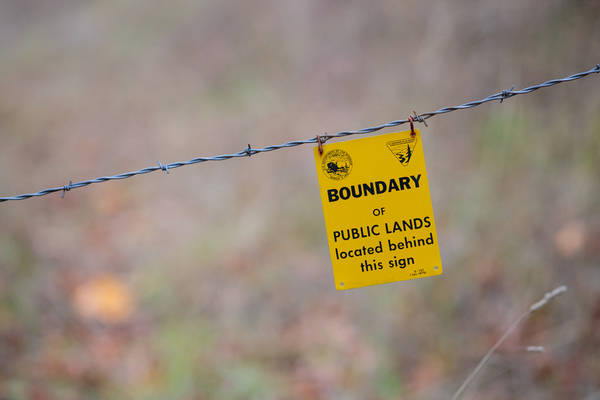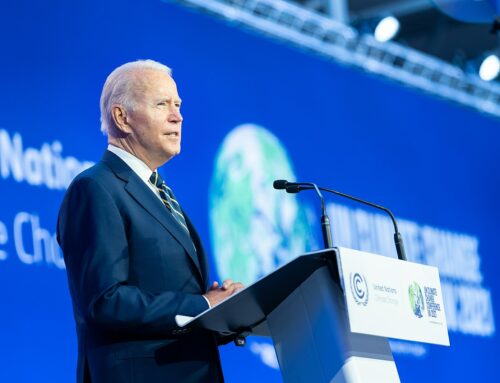by Greg Walcher, E&E Legal Senior Policy Fellow
As appearing in the Daily Sentinel
The Bureau of Land Management has finalized its purchase of a 35,670-acre ranch southwest of Casper, Wyoming, its largest-ever land acquisition in that state. The Marton Ranch, stretching across Natrona and Carbon counties, has been on the BLM’s wish list for years, and the deal was sealed last year when the Land and Water Conservation Fund provided the $21 million price tag. Local officials, residents and the State of Wyoming were shocked at the nationalization of a family ranch that had operated for generations.
The purchase changes the management of a far greater swath of land, because the ranch also includes over 25,000 acres of BLM grazing permits. It has been a dual livestock operation, with nearly 500 head of cattle and some 2,800 sheep. The grazing permit of 3,050 animal-unit-months will eventually be canceled, of course, the BLM not being in the livestock business, and that affects many others besides one family. For example, neighboring ranches will no longer be able to sell 600-700 tons of hay to the Marton Ranch annually, and the property will no longer be on the local tax rolls.
Wyoming Governor Mark Gordon is challenging the BLM purchase, telling the Interior Board of Land Appeals that the agency showed a “cavalier disregard” for soliciting input from the state, local governments and the public, and that it failed to consider the negative revenue ramifications of transferring the private property into federal ownership. Natrona County alone collects over $10,000 annually from that ranch, and it will affect the County’s federal PILT payment (based on acreage) of $3.8 million annually. The Governor won’t win, though. This horse has already left the barn.
The government says the land was in dire need of “protection,” though it is unclear from what. The federal government already owns 47% of Wyoming, 29 million acres, including national forests, national parks and BLM, along with vast quantities of underlying minerals. So, the claimed need for public access for recreation just doesn’t ring true, nor was there any threat of urban sprawl there.






